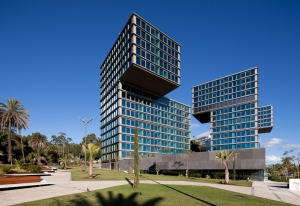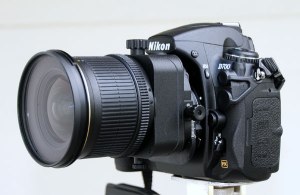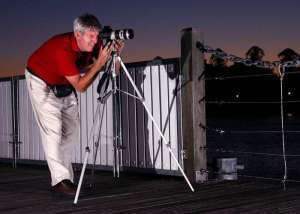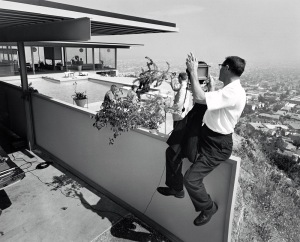 Planning a photo shoot of a building, interior, landscape, or detail for marketing, presentation, publication, proposal, award submission or archival purposes isn’t a simple matter of scout-and-survey, point-and-shoot, pick-and-print, file-and-find. Nor should it require only the photographer’s presence at the site.
Planning a photo shoot of a building, interior, landscape, or detail for marketing, presentation, publication, proposal, award submission or archival purposes isn’t a simple matter of scout-and-survey, point-and-shoot, pick-and-print, file-and-find. Nor should it require only the photographer’s presence at the site.
Almost as complex as conceiving, designing, erecting and inspecting the building itself, a photo shoot is a collaborative, detailed, incremental planning process involving multiple sets of eyes: the photographer, client, architect or engineer or builder, project manager, graphic designer, marketing staff.
Last month’s Boston Society of Architects Marketing/PR Wizards meeting, hosting architectural photographers Anton Grassl and Greg Premru, raised many salient points about how to get the most out of a photo shoot and capture the image of a firm’s work most effectively, including the following:
• Goal-setting. The firm must look carefully at a project and think about:
- the long- and short-term promotional goals for its photos;
- their intended purposes (general brochure or website, special campaign, the firm’s photo library, etc.):
- how finished a building or landscape needs to be before photography;
- the light conditions necessary to image the building or landscape the way you want to convey it to the receiver;
- whether actual users or occupants of the spaces or outside models should be brought into the image to present the project as an actively used space, not a museum piece;
- how doable a photo shoot of a particular building, landscape, conduit, etc., is to begin with, depending on condition, feasibility, success in its intended use, etc.
Client and firm must sit down together and discuss these and other issues and agree on what photographic approach and image will please all parties, so they are the visionaries of the images, and the photographer is the executor of those visions.
• Scouting. The client, designer/builder/engineer, project manager and marketing staff should all visit the building or landscape and determine the details to emphasize in the photos. They should consider angles, distances, perspectives, light qualities, interiors, even the project’s history or evolution over time.
Do you want:
- to tell a story about the project through its photos?
- to capture its nuances at different hours of the day?
- to convey the project’s use and its success therein?
- to show how well it has held up, aged or improved over the years?
- to use existing lighting, or have the photographer add more?
Also consider:
- What nonessentials (light poles, exit signs, etc.) should be angled, cropped or Photoshopped out of the images?
- What details should be emphasized over others in the images, depending on how you want to promote the project, to whom, and to what end?
- Are there any conduits, closets, mechanical rooms, data centers, infrastructural elements, etc., that would need special photo skills?
- Should puffy clouds, leafy trees, etc., be included in the background for added emphasis or visual weight on certain building/landscape elements?
- How many days will be needed to do the shoot, and which days, depending on when and how it is used at what times of day or days of the week?
Different perspectives from different team players should be heard by all so everyone is aware of what’s involved on the shoot and a consensus can be formed on the best photography strategy.
It might also be helpful for the firm team to take their own photos of the site with digital cameras, for concrete images to show the photographer to give a sense of what they’re looking for on a professional level. (I did this myself for one of my firm’s sites — and a couple of my photos got published along with my press releases! Click here for an example.)
• Picking a photographer. The photographer you normally use to shoot residences may not be the best qualified for health-care facilities, or your hospitals photographer may not do as well with schools or public buildings. Don’t be afraid to shop around for a specialist in the kind of building you want photographed.
Also consider the photographer’s pricing relative to the number of days the shoot requires, advance payment policy, distance from the site and your office (e.g., travel time charges), credentials, reputation, portfolio quality or specialty, etc.
• Pre-shoot planning. Once you’ve selected your photographer for your particular project or marketing initiative, all concerned parties should talk at length with the photographer about:
- the kind of visual effect(s) they’re looking for;
- whether the photos should be web-optimized;
- their time frame for the shoot;
- the costs involved;
- lighting required, if any;
- a backup plan in case of inclement weather on the day of the shoot;
- the photographer keeping a backup of the images in case they are lost at the firm office; etc.
Then draw up a contract for the shoot for all concerned parties to sign.
The project’s client should also be contacted to make arrangements for the placement of people in the frames to demonstrate the space’s active use: if not actual occupants or users, then outside models and props to stand in for schoolchildren, teachers, lab technicians, nurses, patients, residents, businesspeople, etc.
• The actual shoot: Plans should be made for one or more interested parties to be on site with the photographer, or at least visit the site while the photography is in progress, in order to continue the communication with the photographer so the shoot can proceed according to the original plans and goals…
…but not to the extent that it would slow down the shoot and run up the bill, or make the photographer feel so barraged by a wide range of opinions on how a scene should be framed, shot, angled, lit, etc., that too many cooks would spoil the broth. (It might be worthwhile for the firm’s marketing director to be at the site at the start of the shoot so you can be sure you’re getting all the shots you want.)
• Post-shoot: The photo selection and retouching process should be as collaborative among all parties as the photo shoot planning process was, always keeping the predetermined goals and uses for the photos in mind.
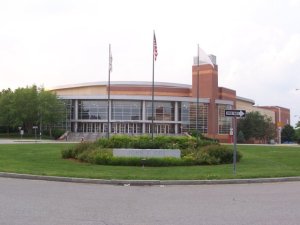 A well-planned photo shoot involves teamwork among all concerned from start to finish. This can spare you the expense of redoing shoots — especially if the result is a comprehensive photo library for many uses over time — and is more likely to lead to the most desired result of all: presenting your projects at their most pristine.
A well-planned photo shoot involves teamwork among all concerned from start to finish. This can spare you the expense of redoing shoots — especially if the result is a comprehensive photo library for many uses over time — and is more likely to lead to the most desired result of all: presenting your projects at their most pristine.
For more insights on proper photo-shoot planning, read “How a Marketing Photo Shoot Works” by Amanda Miller of MillerBrooks Marketing & Branding.
— Todd Larson
Thank you for visiting. I welcome your comments!
